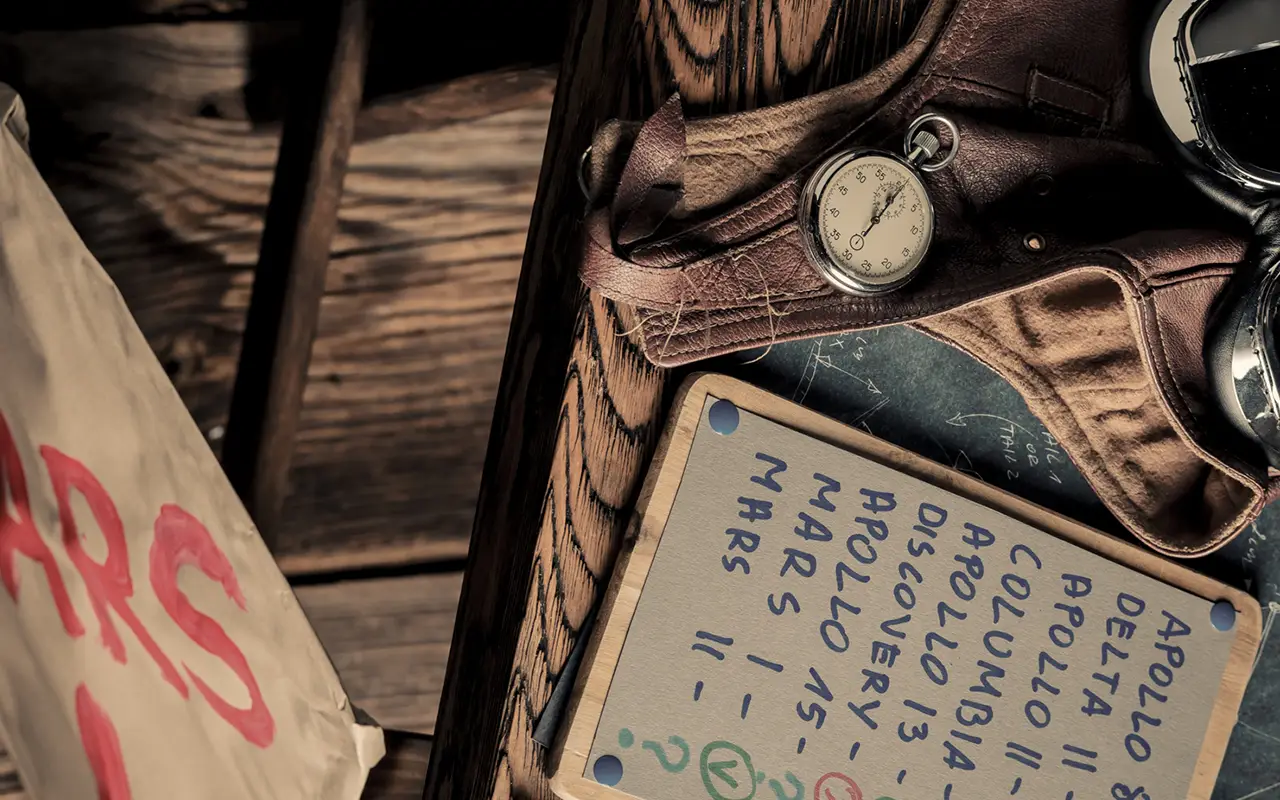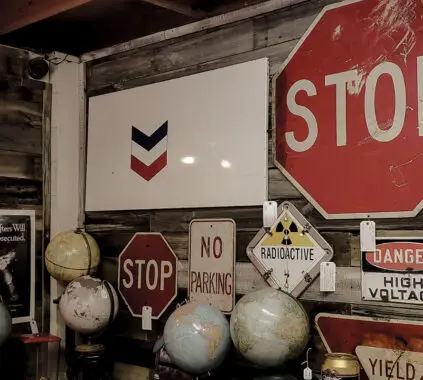The Scene: The Hidden Superpower of Special Interests
Picture a child who struggles to focus in class.
- They resist traditional lessons.
- They seem uninterested in structured learning.
- Every attempt to engage them feels like a battle.
But the moment you bring up their favorite subject—something shifts.
- They light up.
- They engage effortlessly.
- They suddenly absorb every detail with laser focus.
Why?
Because they’ve tapped into the most powerful learning tool we have—special interests.
And here’s what most people don’t realize:
This doesn’t just apply to kids. Understanding special interests can transform education, creativity, and even brand storytelling.
Here’s how.
Why Special Interests Supercharge Learning
A special interest is more than a hobby. It’s an area of deep curiosity, emotional connection, and passion.
The brain naturally retains more information when we care deeply about a subject.
Special interests activate intrinsic motivation—meaning learning happens without force.
This is why people effortlessly memorize sports stats, movie trivia, or niche facts about their favorite topic—while struggling with forced learning.
The Fix: Build Learning & Engagement Around What Already Excites the Brain
Instead of forcing information, connect it to an existing passion. But be careful: Some people have special interest that must be protected. More on that in another post 🙂
Instead of pushing structured learning, tap into the natural flow of curiosity.
Instead of making people “work” for engagement, design for play and discovery.
The take away is when learning feels personal, it becomes effortless.
The Experiment: How to Use Special Interests in Teaching, Branding & Creativity
1. In Education: Teach Through Their Passion, Not Just the Curriculum
The fastest way to lose engagement? Make learning feel disconnected.
The Fix: Use Special Interests as an Educational Bridge
- Struggling with reading? Tie it to a favorite fandom (like I did with Star Wars).
- Math feels boring? Show how it applies to video game design, sports stats, or music production.
- History feels dry? Connect it to a favorite movie’s world-building or a cultural passion point.
When you make learning feel personal, the brain engages naturally.
2. In Branding & Marketing: Build Stories Around What Your Audience Already Loves
The mistake most brands make? They try to “convince” people to care.
But the best brands tap into passions that already exist.
Think about:
Nike doesn’t “sell shoes.” It sells the identity of an athlete.
Apple doesn’t “sell tech.” It sells creativity, rebellion, and self-expression.
LEGO doesn’t just “sell bricks.” It sells imagination, nostalgia, and storytelling.
The Fix: Speak to What Your Audience is Already Passionate About
- Instead of saying, “Look at our product,” say, “Here’s how this fits into the world you already love.”
- Instead of trying to educate first, start with relatability—show them you get their passion.
When a brand feels like an extension of someone’s passion, they engage without hesitation.
3. In Personal Creativity: Use Special Interests to Unlock Your Own Flow State
Ever wonder why you’re incredibly creative in some areas but struggle in others?
The secret? Creativity flows where passion already exists.
If you feel creatively blocked, stop forcing inspiration in areas you “should” focus on.
Instead, ask:
- What do I naturally get obsessed with?
- What topics make me lose track of time?
- How can I use that as a creative starting point?
When you work with your brain instead of against it, ideas come faster, stronger, and more effortlessly.
The Final Lesson: Creativity Grows When You Stop Needing Permission
Whether you’re teaching, building a brand, or unlocking your own creativity—
The fastest way to engagement is to tap into what already excites the brain.
- People don’t struggle with learning because they lack intelligence.
- People don’t ignore brands because they aren’t interested in products.
- People don’t feel creatively blocked because they aren’t talented.
They struggle because the connection to what matters to them is missing.
When you bridge that gap, engagement becomes effortless.
Your Challenge This Week
- Look at something you’re trying to teach, market, or create.
- Ask: How can I connect this to an existing passion instead of forcing engagement?







